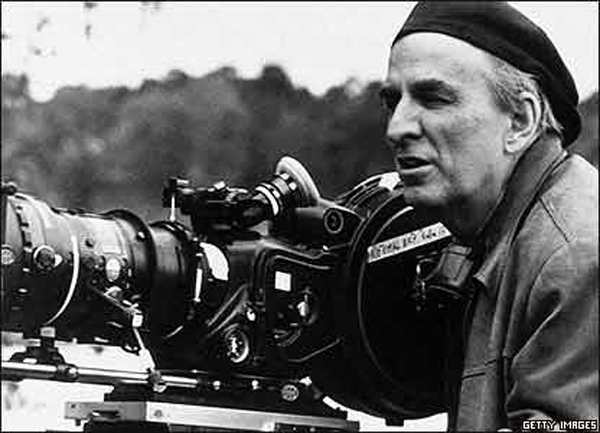
I think of Bergman's long, brilliant career of filmmaking as having four stages. His first, starter films were often written by someone else and tended to the conventional: from Crisis (1946) to Dreams (1955). Then, from Smiles of a Summer Night (1955) to The Devil's Eye (1960), he made films shaped by story lines, but the plots and images had highly symbolic or even allegorical elements. It was the films of this second period, like The Seventh Seal or Wild Strawberries that built Bergman's enormous international reputation. Then, from Through a Glass Darkly (1961) to The Rite (1969), he went through a period when plots were less important and the symbolic elements took over. For me, these are difficult films to read and less satisfactory than those of the second phase. In a fourth phase, films from The Passion of Anna (1969) to Saraband (2003), very little happens in the plots, but the emphasis is on character and relationships. Most were created for Swedish television, and they coincide with the decline in Bergman's reputation among the critics. These films come perilously close to soap operas, relying heavily on a juxtaposition of lengthy dialogue with intense close-ups of faces. What thematic or symbolic elements there are are quite muted. But a careful reading will yield themes and issues that transcend the particular characters, giving these films a sinewy strength and a spirit rather different from his more overtly symbolic works and very, very satisfying.